Thrival Skills for Grandparents: Stay Strong, Stay Engaged, and Enjoy Every Moment
Grandparenting: A Joyful Marathon, Not a Sprint
Being a grandparent is pure magic—unfiltered joy, unconditional love, and a second chance to experience childhood. But let’s be honest: keeping up with energetic grandkids can feel like an Olympic event. One minute you’re lifting a toddler, the next you’re testing your flexibility playing hide-and-go-seek, and before you know it, you’ve been recruited for a backyard soccer match.
The reality? Grandparenting takes physical endurance, mental agility, and emotional resilience. Without the right strategies, the fun can quickly turn into fatigue—or even injury. But with a few thrival skills, you can enjoy every moment without the aches, strains, or exhaustion. (Consult with your healthcare provider before implementing these concepts if indicated.)

1. Move Smart, Stay Strong
Protect Your Back: Lift Like a Pro
The #1 mistake grandparents make? Lifting grandkids the wrong way. Always bend at the knees, keep the child close, and engage your core. Even better? Encourage independence! Get down to their level if your body can handle it instead of constantly picking them up.
Build Everyday Strength (No Gym Required)
Strong muscles and good flexibility make everything easier—from pushing a stroller to playing on the floor. Simple chair squats, wall push-ups, and gentle stretching keep you mobile and injury-free. Pro tip: Turn stretching into a fun game with your grandkids—they’ll love it, and you’ll stay limber!
Balance is Key (Literally!)
Tripping over toys, quick turns, and sudden sprints are part of grandparenting. Prevent falls with single-leg stands, heel-to-toe walking, or stretching a few times a week. Sturdy, non-slip shoes are your friend.

2. Play Smarter, Not Harder
Know When to Hit Pause
A full day with grandkids is exhilarating—but exhausting. Balance active play with quieter activities like puzzles, storytime, or crafts. Stay hydrated, take breaks, and listen to your body. Grandparenting is a marathon, not a sprint!
Engage in Joint-Friendly Play Ideas
• Seated table games (crafts, board games, puppet shows)
• Nature walks instead of high-impact running
• Swimming for low-impact fun
• Playgrounds with benches nearby—so you can supervise without overexertion
3. Manage Stress and Strengthen Bonds
Set Boundaries Without Guilt
You love your grandkids, but too much responsibility can lead to burnout. If you’re feeling stretched too thin, have an open conversation with your adult children about what you can realistically handle. Healthy boundaries = a happier grandparenting experience.
Grandkids Keep You Sharp—Let Them Teach You!
Engaging with grandchildren can be a brain booster. Let them teach YOU something new—whether it’s a board game, a tech skill, or a funny dance move. It strengthens your bond and keeps your mind active.
Be Fully Present
Put down your phone, look them in the eyes, and truly listen. Being engaged in their world creates lifelong memories and trust.
4. Evolve with Confidence
Stay Tech-Savvy
Want to connect with your grandkids (especially teens)? Learn to text, FaceTime, or even send emojis. It keeps relationships strong—even from a distance.
Blend Tradition with Today’s Parenting
Parenting styles have evolved. Stay open-minded, respect new safety rules, and support without overstepping. A flexible, supportive grandparent is a cherished one.

5. Quick Grandparent Life Hacks
- Strategize – Mentally plan what you will be doing physically and prepare accordingly
- Warm Up Before Playtime – A few stretches can prevent pulled muscles.
- Pre-Plan Activities – Rotate active and quiet time for better energy.
- Use Smart Lifting Aids – Step stools, strollers, and supportive shoes save your back.
- Laugh at the Chaos – Spilled juice? Make it a fun cleanup game. Stress melts with humor!
The Bottom Line: Thrive, Don’t Just Survive
Grandparenting should energize, not exhaust you. Take care of your body, set smart boundaries, and embrace the adventure. When you thrive, your grandkids thrive too.
So stand tall, move smart, and enjoy every joyful moment—because a healthy, happy grandparent is the greatest gift of all!
Here’s to thriving, one grand adventure at a time!
Contact Dr. Donkin for help with developing your grandparenting thrival skills!
Scott Donkin
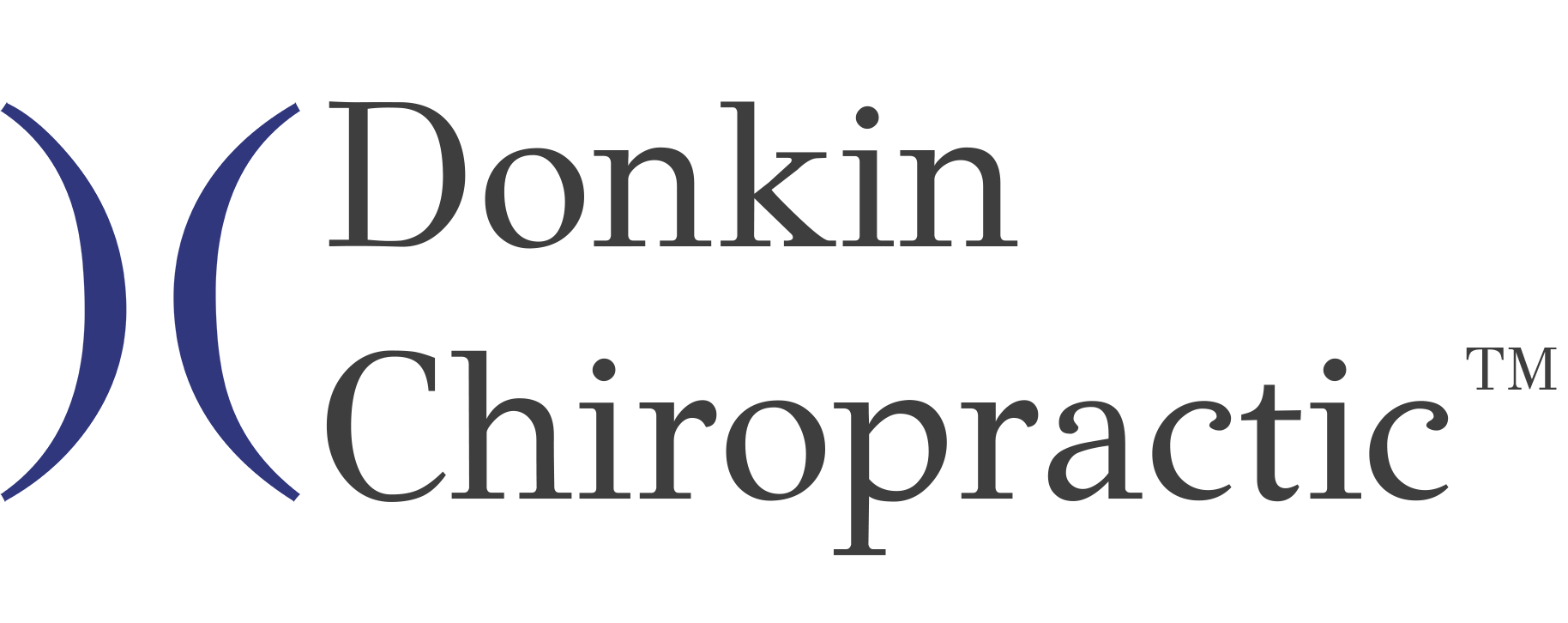



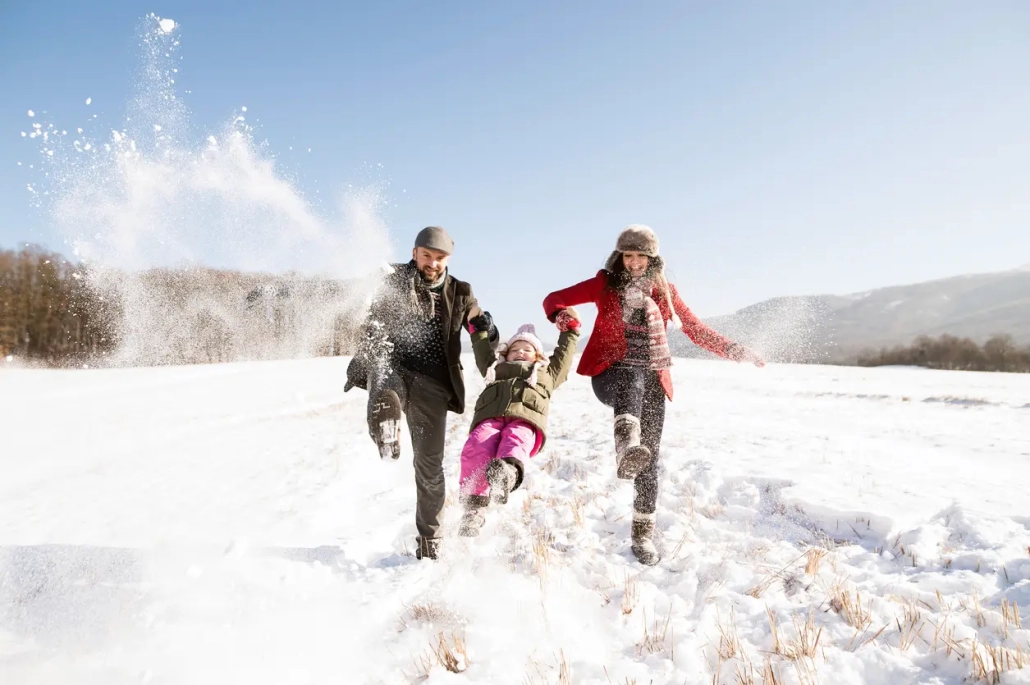
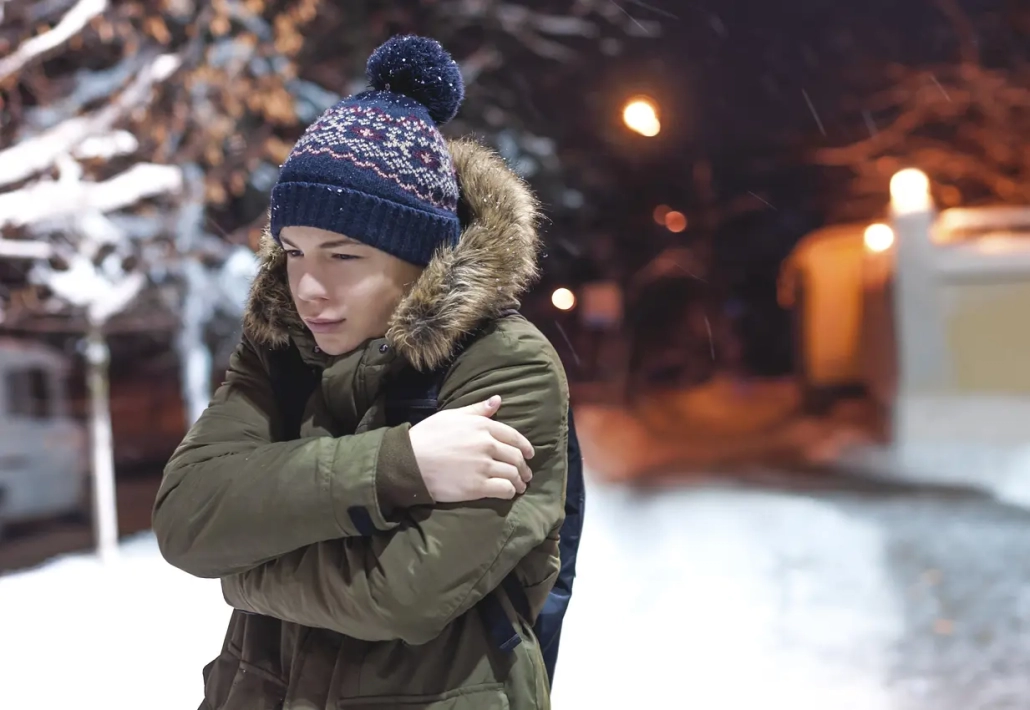















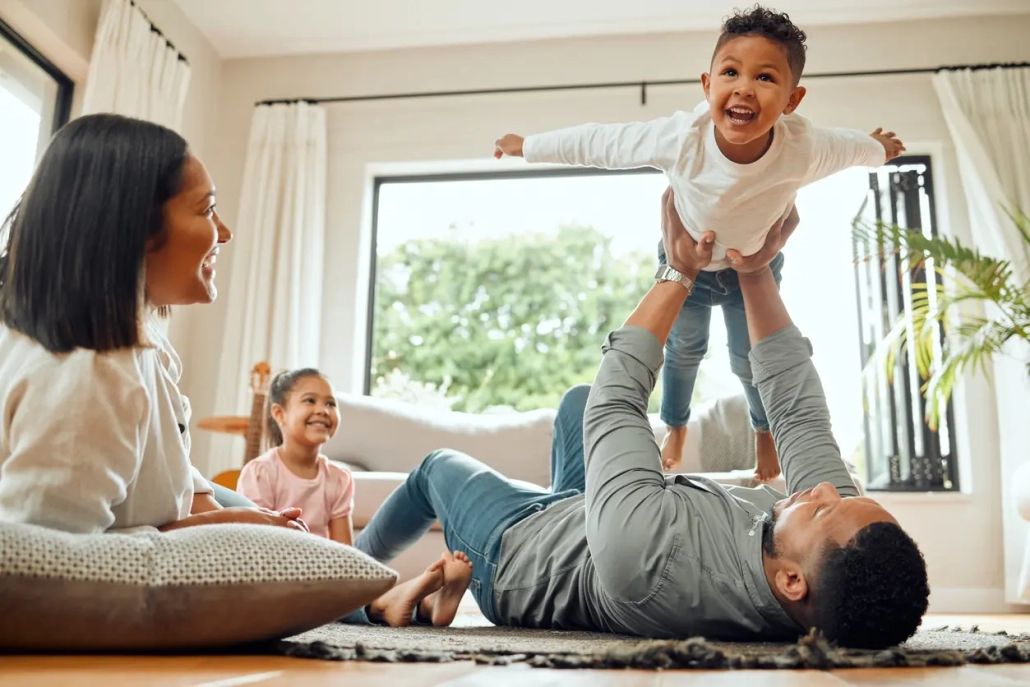


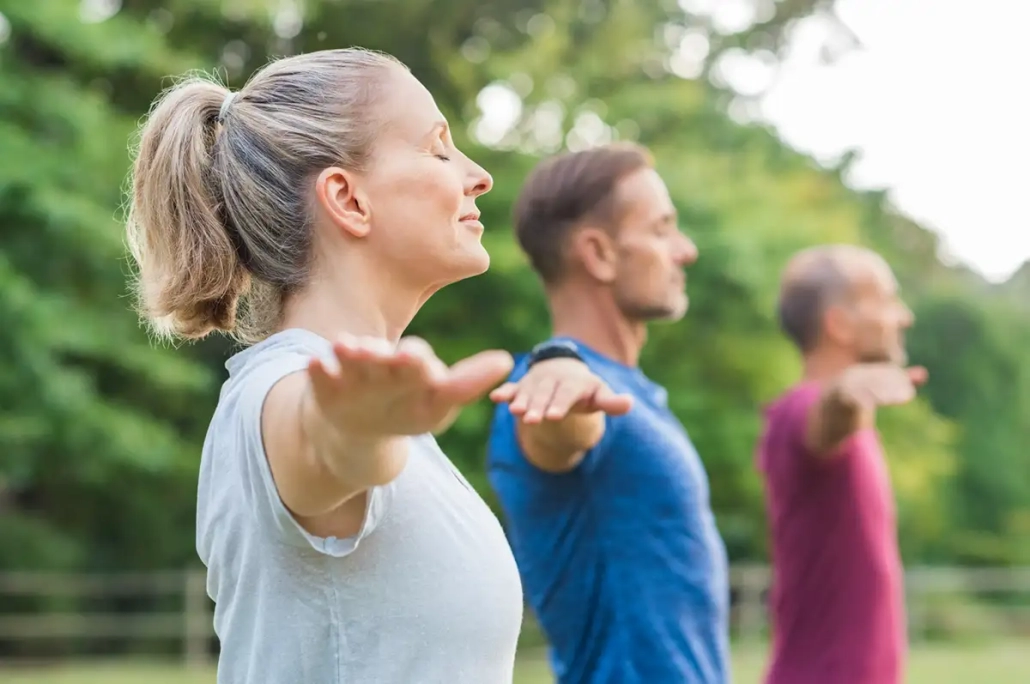

 Scott Donkin, DC, DACBOH, is an internationally published author, chiropractor, lecturer, and consultant who has been in private practice in Lincoln, Nebraska for over twenty-five years.
Scott Donkin, DC, DACBOH, is an internationally published author, chiropractor, lecturer, and consultant who has been in private practice in Lincoln, Nebraska for over twenty-five years.